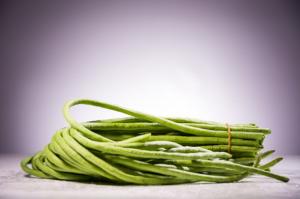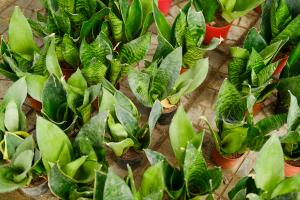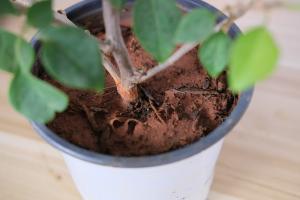Introduction
Rainwater is a natural source of water that has been used for irrigation for centuries. However, the question still remains whether rainwater is safe for indoor plants. In this article, we will explore the benefits and potential drawbacks of using rainwater to nurture indoor plants.
The Benefits of Using Rainwater for Indoor Plants
One of the main advantages of using rainwater for indoor plants is the absence of harmful chemicals that are often found in tap water. These chemicals, such as chlorine and fluoride, can build up in the soil over time and damage the plants. Rainwater, on the other hand, is free from these chemicals and provides a more natural and gentle environment for plant growth.
Additionally, rainwater is often considered “soft” water, meaning it has a lower mineral content than tap water. This is particularly beneficial for plants that are sensitive to high levels of minerals, such as orchids.
Another benefit of using rainwater is that it is free and readily available, particularly during rainy seasons. This can help reduce water bills and provide an eco-friendly alternative to tap water.
The Potential Drawbacks of Using Rainwater for Indoor Plants
While rainwater is generally safe for indoor plants, there are a few potential drawbacks to consider.
Firstly, rainwater can sometimes contain pollutants that have been picked up from the atmosphere or surrounding environment. This can include chemicals and heavy metals from air pollution or bird droppings and other contaminants from nearby trees or buildings. Therefore, it is important to collect rainwater using a clean container and avoid collecting water from the first few minutes of rainfall.
Secondly, rainwater is often not consistent in terms of its pH and nutrient levels. This can make it difficult to maintain a balanced soil pH and nutrient levels, which can affect plant growth. To overcome this, it may be necessary to supplement rainwater with additional nutrients or adjust the soil pH accordingly.
Conclusion
Overall, rainwater is a useful source of water for indoor plants, particularly for those that are sensitive to chemicals and high mineral content in tap water. However, it is important to collect rainwater carefully to avoid pollutants and supplement it with additional nutrients or adjust the soil pH if necessary. By doing so, indoor plants can thrive in a more natural and sustainable environment.

 how many times do yo...
how many times do yo... how many planted tre...
how many planted tre... how many pine trees ...
how many pine trees ... how many pecan trees...
how many pecan trees... how many plants comp...
how many plants comp... how many plants can ...
how many plants can ... how many plants and ...
how many plants and ... how many pepper plan...
how many pepper plan...
































